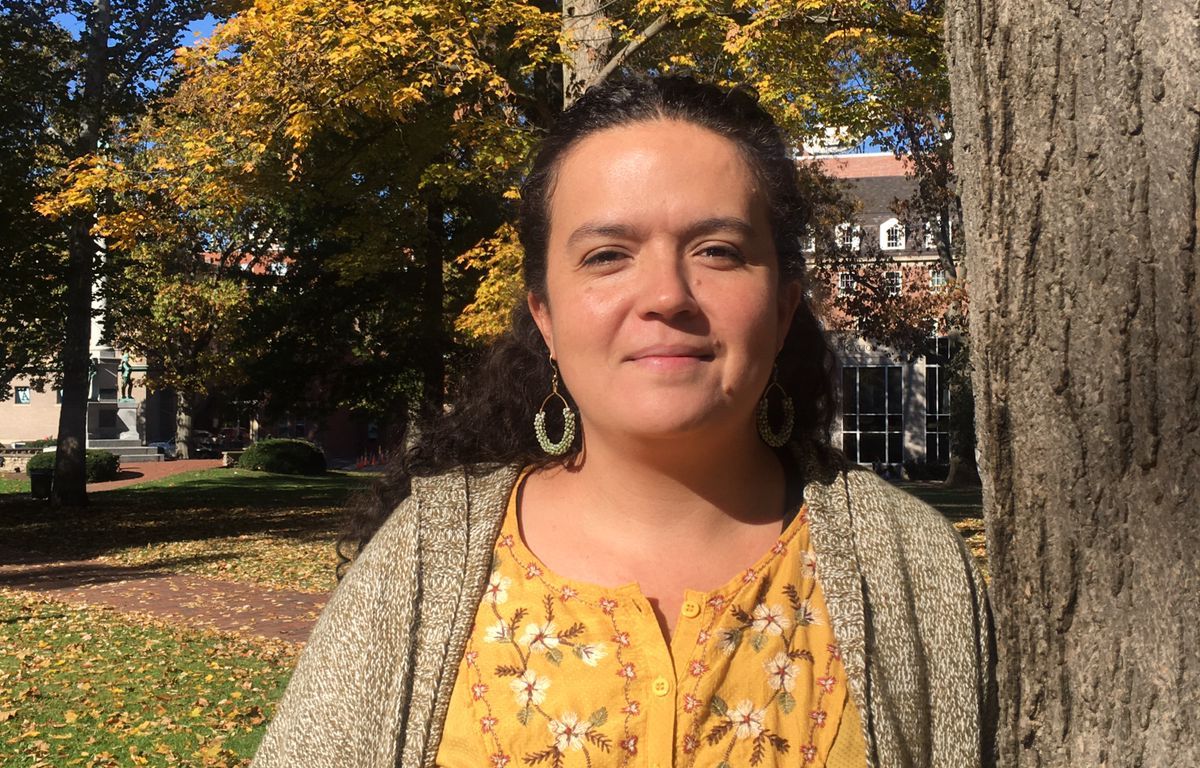In the latest in a series of interviews with eco-defenders working on the frontline, I managed to catch up with Elisa Levy who has been crucially raising the profile of forest conservation in Ecuador.
Elisa was born in rural area in NW Ecuador, Chical. As such she grew up interested in the natural world and, in 2003, started a course in biology at the Universidad de Catolica, Quito.
“I was surrounded by biodiversity growing up, Ecuador has the highest biodiversity per square km in the word, so it made sense to study biology”.
Even as a student the calling to protect the environement was evident.
“I noticed that the university course didn’t have much conservation focus. I then graduated and went on to research butterflies but I still felt that there was not enough emphasis conservation. It felt a bit strange to be cataloging biodiversity while species were going extinct’.
Her first visit to Los Cedros was in 2015 was formative. Elisa was undertaking research on threatened species just at the time that a number of concessions had been let to international mining interests.
“I had heard about Los Cedros at school and when I met José (DeCoux) he made me realise that studying biodiversity was great but what about addressing the threats like mining?”
Right now Elisa is studying for a Masters in Communications & Development in Ohio. As we do the interview over Zoom, she is looking at a print-out of a map on the wall by her desk showing how concessions overlap with the areas of endangered forest in NW Ecuador.
“I began to think ‘how can I contribute better?’ and ‘what are the tools to effect social change?’ In the case of mining there is so much scientific research showing detrimental effects – the challenge is how to take this evidence to Ecuadorians so that they understand the full picture (such as the impact on watersheds). It feels wrong that rural communities that have been neglected by the government are being pressured to support concesssions in exchange for access to roads, healthcare, schools”.
Elisa goes on to explain that she is also working on a legal organisation to help support maintenance of the research station at Los Cedros and work with the local communities on projects to demonstrate the value of the biodiversity therein.
“There needs to be wider acknolwedgement of the issue and possible solutions. We have magnificent forest and yet the Ecuadorian government is promoting mining with the populus going along with it because they perceive it as good for the economy. It’s perhaps no coincidence that where mining is you often have the poorest communities the world over. Looking at where I am joining the Zoom call from today, the Appalachian mountains in the US – there is long history of coal exploitation and deep seated issues around water pollution as a result”.
I ask about the latest status of the long-running constituitional court case involving Los Cedros. It turns out that our interview is timely. Apparently the legal case was voted on just recently and the decision will be published imminently.
“We do not know the details yet. We hope that it’s is a strong sentence”
Before we wrap up our conversaton, I ask Elisa what can readers of the ForestMetal blog do to help:
“Firstly, get informed. ‘Google’ what is going on in Ecuador. Understand the significance of the Los Cedros court case”.
“Also put pressure on mining companies in your countries – especially the ones that are prospecting in Ecuador – write to them, highlight what they are doing (via social media) so that it is understood that it is not just Ecuadorians that are concerned”.
“And if you can, visit Los Cedros and other reserves in Ecuador. Tourism brings valuable income and demonstrates another economic case for the forest”.
So get informed, lobby the miners and get out to Ecuador. Sounds like goood advice to me.
Note that the interview took place on 19th November and the situation in Ecuador may have changed since this article was written.


